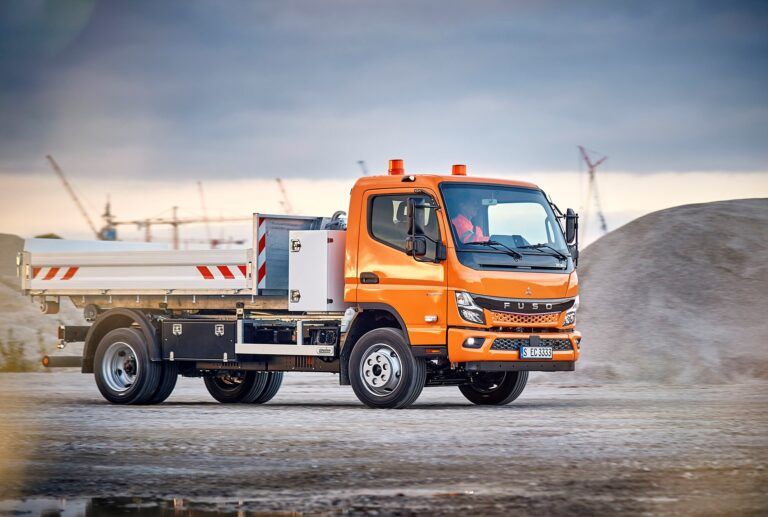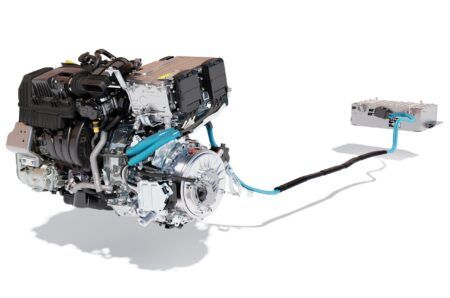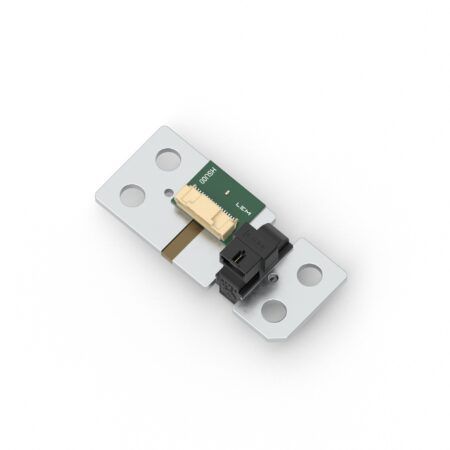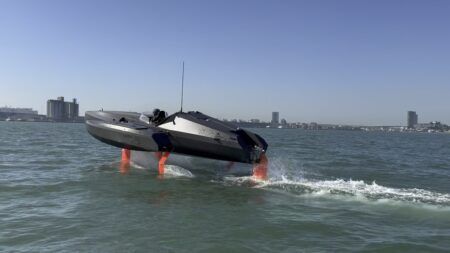FUSO, the Daimler Truck subsidiary, has announced the eCanter with a roll-off tipper and three different battery packs, with ranges from 70km (43 miles) to 200km (124 miles).
The vehicle on display at bauma 2022 weighs in at 8.55 tons, equipped for the first time with a roll-off tipper from UNSINN as well as a mechanical power take-off and a chassis load capacity of 5,135 kg. The payload is 3,635 kg. The vehicle has a wheelbase of 3,400 mm and is equipped with the M battery package, which enables a range of up to 140 km (87 miles). The charging unit supports charging with both direct and alternating current.
“It is the first vehicle in its weight class in Europe with a roll-off system superstructure,” said Daniel Rauch, business unit manager for roll-off systems at UNSINN Fahrzeugtechnik, adding, It is the first time we have supported a project in electric mobility. It represents a major technological development step towards the future.”
In terms of safety, the batteries are mounted under the vehicle’s chassis frame with a highly rigid steel bracket that also serves as impact protection for the battery in the event of a frontal or side crash. In the event of an accident, a crash sensor automatically deactivates the high-voltage system. For improved acoustic perception, for example by pedestrians or cyclists, the eCanter is equipped with an external Acoustic Vehicle Alerting System (AVAS) as standard.
For greater safety when turning right, Active Side Guard Assist is also fitted as standard. In addition, the next-generation Active Brake Assist emergency braking system with pedestrian detection, which is also standard, can reduce the risk of a collision in longitudinal traffic.

“Thanks to their robustness and variability, the Next Generation eCanter and the new FUSO Canter are ideally suited for the construction industry. Together with our body partners, we can realise a wide variety of applications in both vehicles,” said Philipp Panter, head of sales at FUSO Europe.
While FUSO’s electric truck was previously only available at 7.49 tons with a wheelbase of 3,400 mm, customers now have a choice of six wheelbases between 2,500 and 4,750 mm and a permissible gross weight of 4.25 to 8.55 tonnes. The body and payload capacity of the chassis is over 5.0 tonnes. The Next Generation eCanter is powered by either a 110 kW or 129 kW electric motor, with an optimised driveline and 430 Nm of torque; the maximum speed is 89 km/h.
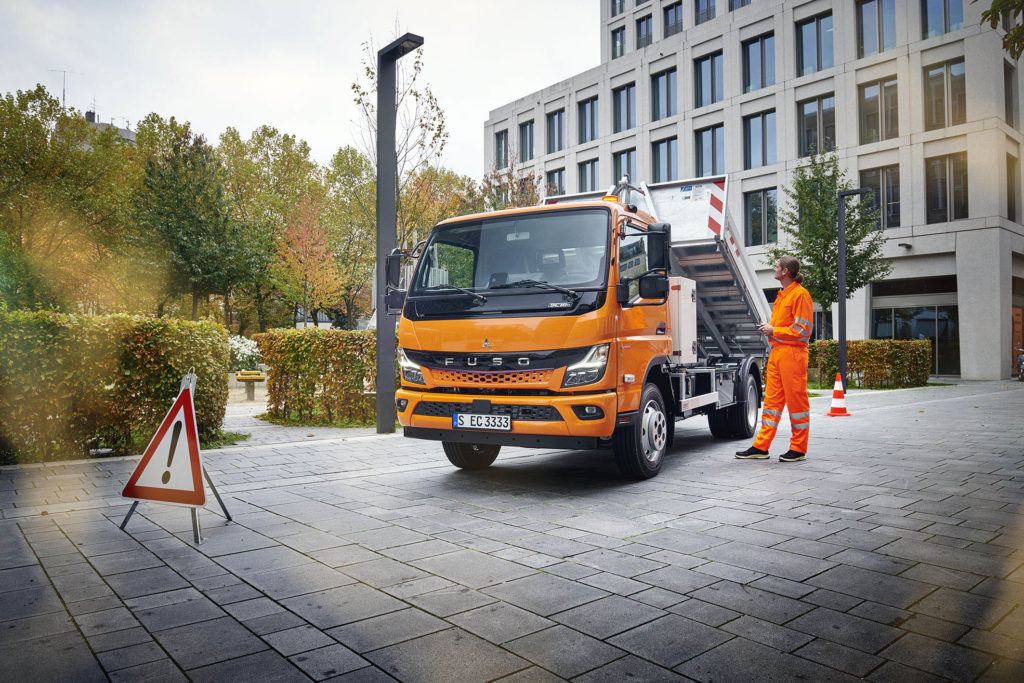
The battery pack in the S variant has a nominal capacity of 41 kWh and enables a range of up to 70 km. In the M variant, the nominal capacity is 83 kWh and the range is up to 140 km. The L variant offers a nominal capacity of 124 kWh and a range of up to 200 km.By comparison, the eCanter previously only had a battery option with a nominal capacity of 81kWh and a range of up to 100 kilometres.
Battery charging is compatible with all mains voltages in the major markets. The charging unit supports alternating current (AC) and direct current (DC). The charging standard is the Combined Charging System CCS, and charging is possible at up to 104 kW. DC fast charging from 20 to 80% of capacity is possible in around 24 to 39 minutes depending on the battery pack. AC charging (11 and 22 kW) takes between around four and six hours, again depending on the battery pack.


